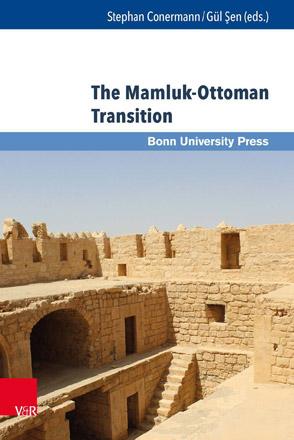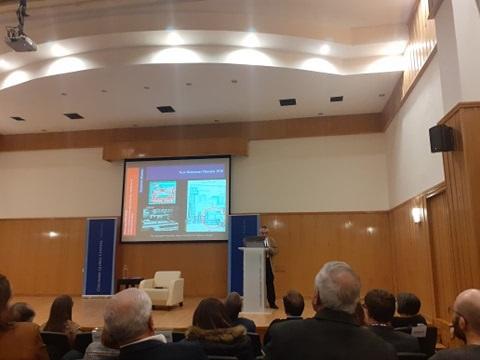You are here
Historian researches commercial, cultural ties between England and Ottoman Empire
By Saeb Rawashdeh - Nov 21,2020 - Last updated at Nov 21,2020

Khan Jumruq( Custom’s Khan) was built in Aleppo commercial district in 1574 during the Ottoman reign of the Levant, noted a British historian in a recently held webinar by the CBRL British Institute in Amman.
“Khan Jumruq would be later used by French and Venetian merchants, “noted a British historian Simon Mills, who recently authored a book “ A Commerce of Knowledge”, which tells the story of three generations of Church of England chaplains who served the English Levant Company in Syria during the seventeenth and eighteenth centuries(1620-1760).
Reconstructing the careers of its protagonists in the cosmopolitan city of Ottoman Aleppo, Mills investigates in his research the links between English trade and diplomatic expansion, and English scholarly and missionary interests.
“Edward Pococke[1604-1691] served in Aleppo in 1630, staying there for six years, and Pococke had an interest in Oriental languages, Arabic, Persian and Syriac,” Mills said, adding that English scholars and priests explored biblical and Greco-Roman antiquities and they also disseminated Protestant literature in Arabic .
Pococke was an intellectual product of country rectories, austere committee rooms and college libraries and was unlikely to have fared well in an eastern province of the vast Ottoman Empire, New Castle historian said, noting that the Levant trade and its attendant diplomatic apparatus also provided new opportunities for enterprising and adventurous individuals, not only to gain wealth or political influence as merchants or as diplomats, but to occupy salaried posts abroad as secretaries, physicians or chaplains.
“ The primary purpose of these new infrastructures was and remained the promotion of diplomatic relationships and the passage of international trade. However, the more established presence of Europeans within the Ottoman Empire had a significant impact on spheres of cultural and intellectual activity,” Mills underlined.
Furthermore, just as French cotton or Persian silk was shipped between Europe and the Levant, so Arabic manuscripts, Egyptian antiquities, or Syrian flora and fauna came to stock the newly founded libraries, museums and herbariums of European cities.
According to the author,” This book is about the intersection of trade, religion and scholarship in the early modern period. It argues that the expansion of commerce, in the sense of an infrastructure designed to promote communication and exchange between western Europe and the eastern Mediterranean, expanded the horizons for philological and antiquarian enquiry, and prepared the ground for the first serious attempts by the English church to build bridges with the Christians of the Ottoman Empire.”
To illustrate this, the book explores the links between the English Levant Company, specifically the Company’s factory in Aleppo, and the English universities as this period witnessed both the peak of the English Levant trade and a flourishing of English oriental and antiquarian studies and of the interests of the Church of England in the eastern Mediterranean, Mills explained.
This webinar was chaired by Marina Rustow, Khedouri A. Zilkha professor of Near Eastern Studies and Professor of History at Princeton University.
Related Articles
AMMAN — A webinar organised by the Council of the British Research in the Levant last Wednesday discussed European cultural diplomacy in Syr
AMMAN — The transition between two different periods is characterised by varied and complex factors, as was the case with the transition fro
AMMAN — The collapse of the Ottoman Empire in 1918 and the Great Arab Revolt created a “new reality”, according to a Syrian archaeologist.Sp



















